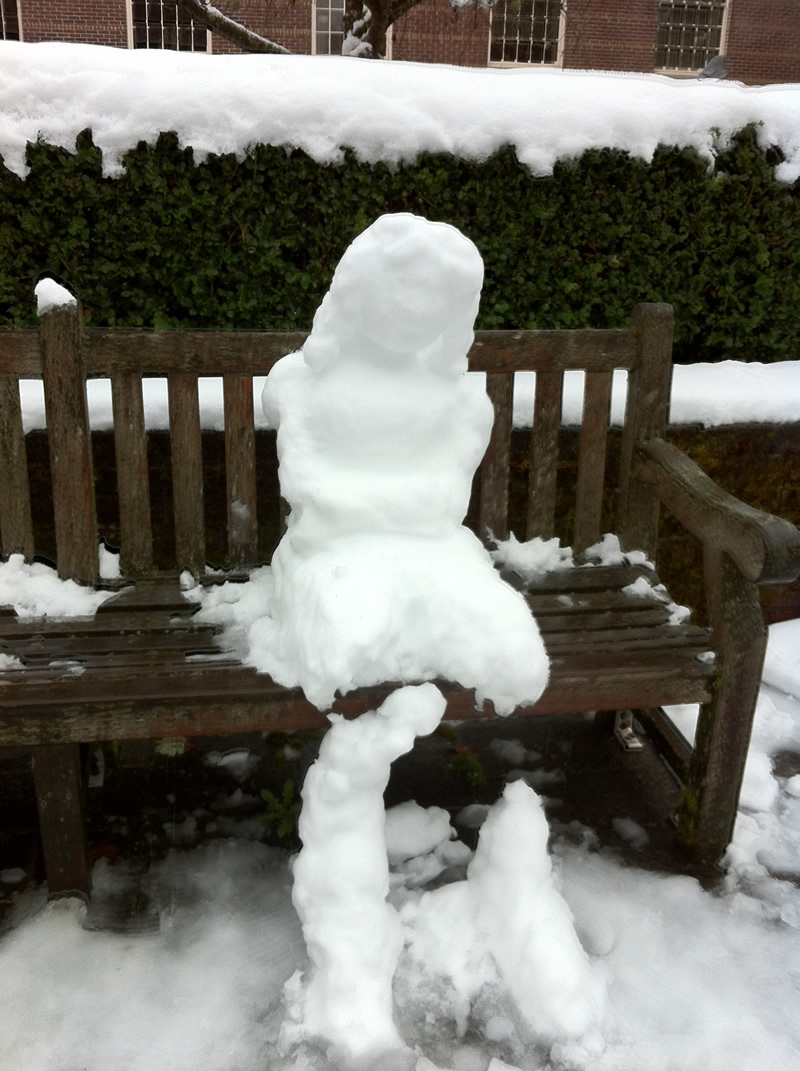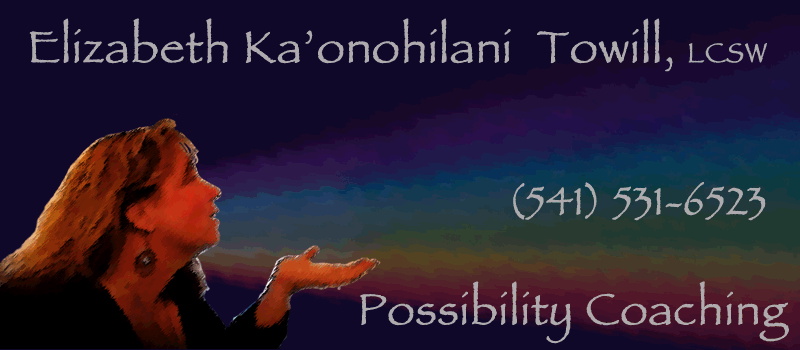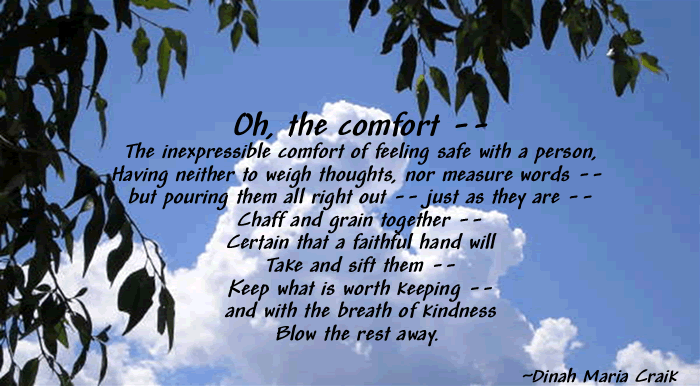Greetings from Eugene, Oregon where they're celebrating spring with a winter wonderland! This morning, we were greeted by 8 inches of pure, fluffy snow. As we walked to our Feldenkrais classes this morning, it was wet, slushy, and slippery, and we had to pay careful attention to our balance. In fact, one of our assignments today when we stopped for lunch was to notice how people were walking. It was fascinating to notice what many people do when they experience 'unstable ground forces' (as in, icy sidewalks), and are afraid of falling. Not all of us have efficient strategies for this.

One of our assignments today was to watch people as they stood up or sat down. We kept waiting for this woman to stand up from the bench. Nothing happened, so we were forced to leave her there on the park bench and to head back to class.
Last fall, I had the opportunity to receive a functional integration lesson from Frank Wildman, GCFT. He is the director of the four year Feldenkrais certification training program being offered in Eugene. I asked if he could help me to be able to improve my balance, especially when dealing with the aforementioned "unstable ground forces." Specifically, I wanted to be able to ford creeks by stepping across on stones or felled logs across the water. I also wanted to be able to be able to handle the wobbles and waves associated with being on a standup paddle board.
While I had assumed we would dive right in with how to improve my balance, the lesson began by helping me to know how to fall. What a brilliant idea! We spent fifteen minutes exploring the notion of how to react to a fall, or the potential for a fall when we're caught off balance.
Curious? I figured you might be. The secret is, once you know you're going down, go that direction, but move faster than gravity. It helps us to regain control. I spent time practicing getting down into the athlete's pose. Legs wide, knees bent, torso leaning forward. Jumping from standing to more of a squatting position.
The rest of the lesson involved going from sitting to standing with feet placed on 6" foam rollers, and being able to let go of muscle tension.
When we have had the experience of falling, we sometimes tense up, as if we are expecting to fall and are preparing for impact. This actualy makes us less efficient, and more vulnerable to injury.
 Since today was the equinox, I enjoyed balancing my hard boiled egg this morning before enjoying its protein-rich deliciousness as a part of my breakfast. Since today was the equinox, I enjoyed balancing my hard boiled egg this morning before enjoying its protein-rich deliciousness as a part of my breakfast.
Before I left for Eugene, the nurses at the clinic where I work had enjoyed the phenomenon of being able to balance a broom on its bristles. For those of you who want to try this at home, try using a broom with stiff bristles and a wide brush. As for balancing the egg, a few grains of salt, invisible to the eye, will help you amaze and astonish your friends. NOTE: A hard boiled egg works better than a raw one.
| Other Kinds of Balancing Acts.... (Emotions!!) |
Imagine that you stopped what you were doing right now, sat on a swivel chair, and began spinning around in circles as fast as you could. If you did this for say, thirty seconds or so, chances are that if you quickly tried to stand up, you might have a tough time keeping your balance.
Sometimes, our personal lives can provide us with similar experiences. In a way that is similar to physical imbalance, we can be bowled over by unexpected events, stressors, and unpleasant interactions. In such cases, we experience a loss of emotional balance. We may get thrown by the situation, causing us to react in ways that may work against us.
Here are some suggestions for helping to restore emotional balance:
1. Take a break. Whether it is for a walk outside, a trip to the rest room, or closing your eyes for a moment and picturing yourself somewhere nice. This can help restore calmness.
2. Breathe. When we are under stress, our breathing can become rapid and shallow. No, it is not good to breathe into a paper bag. That's about the worst thing you can do, because you end up getting less oxygen when you really need more. Breathe slowly. Count to four as you breathe in. Hold your breath for a count of four, then breathe out for a count of five. Slowly.. This is the most efficient way to breathe.
3. Move your body.
4. Daydream: "When you think about pleasurable activiities, places, events, or people,, PET scans show different patterns lighting up in your brain than when you think about something unpleasant.
5. Smile. Research shows that when you put on a smile, even a forced one, your mood often follows. Hold your head high, walk confidently, and look at the roofline, or at the tops of the trees. Moving your eyes upward accesses a different part of your brain. Try it!
6. Laugh. If you thought smiling helped, try laughing! While it may feel fake and ridiculous at first, if you laugh and stay with it, others will join in, and before you know it, the laughter will become genuine, and it will actually be hard to stop.
7. Listen to music: Put on a pair of headphones and let yourself get carried away.
8. Go to a bookstore and browse your favorite sections. Your imagination will get engaged, and you may find yourself getting great ideas for that next vacation, or that next career. or.....
9. Run away: Spas are ideal, Snyderman says (when she books herself for a quick getaway, she tells her kids to "call only in an emergency—and homework doesn't count"). But you can also escape to a friend's house for the weekend. Research shows that spending time with friends is beneficial! get out of the house and go do something. There are meetup groups, hiking groups, and all sorts of fun activities waiting for you.
10. Turn off the television. While many people think that this is a great way to "Veg out" after a difficult day, television actually works against us. We're subjected to other people's ideas of what is important. Our brains are given messages that we need certain specific products or services in order to be happy. Or that we can cure our problems with this or that medication.
|


 Sign up for your FREE E*Bouquet from the Chrysalis Whisperer
Sign up for your FREE E*Bouquet from the Chrysalis Whisperer